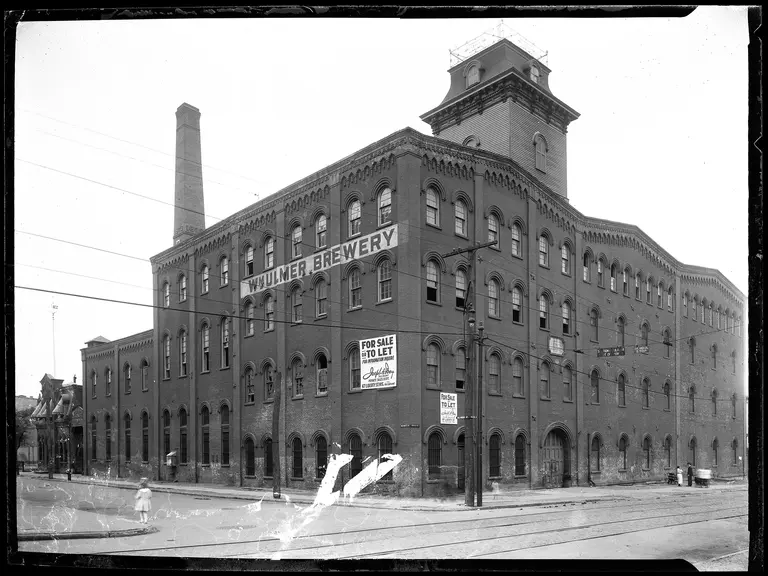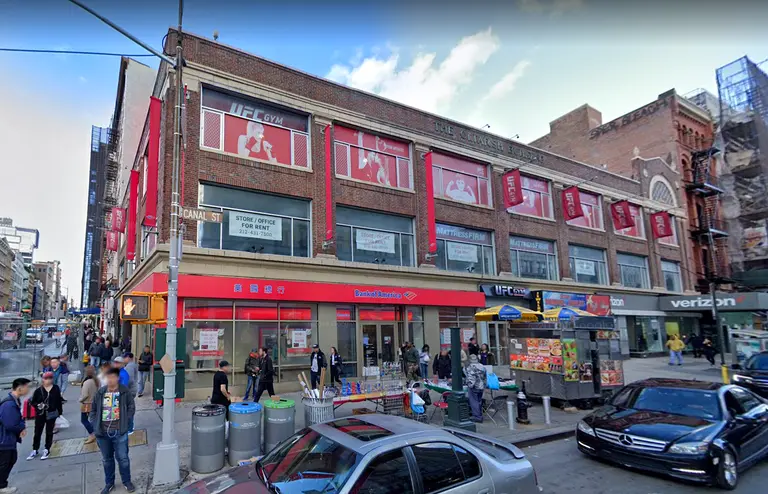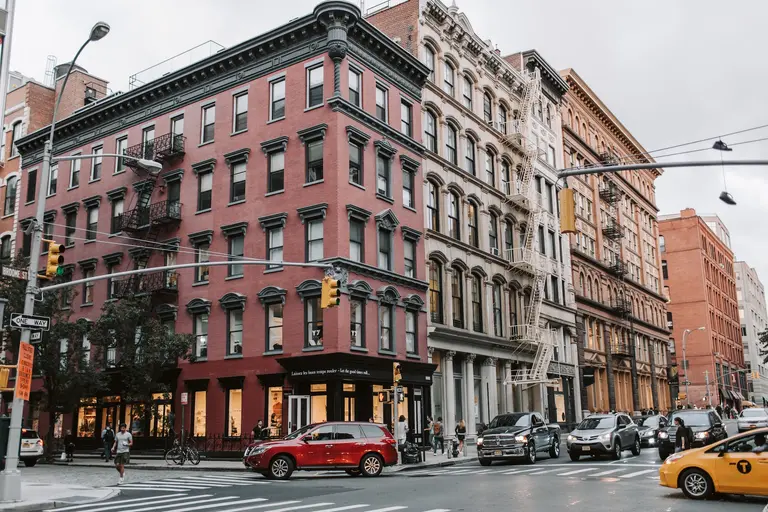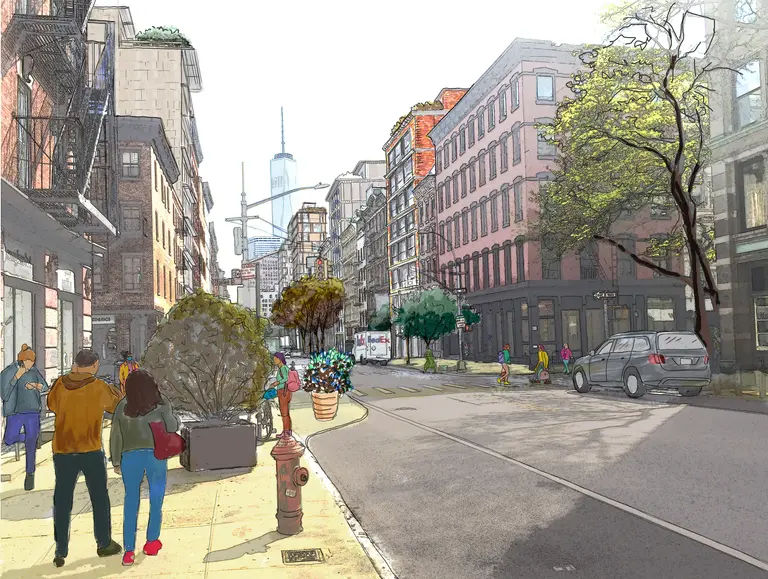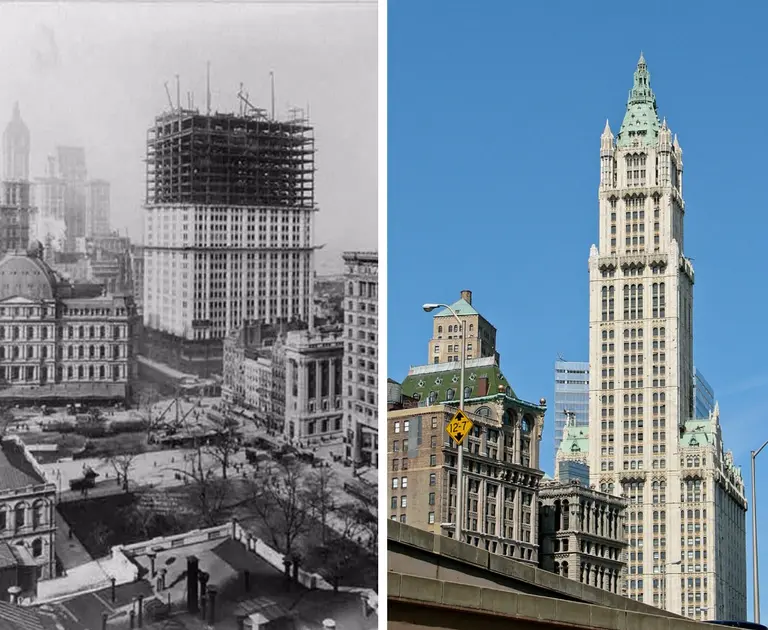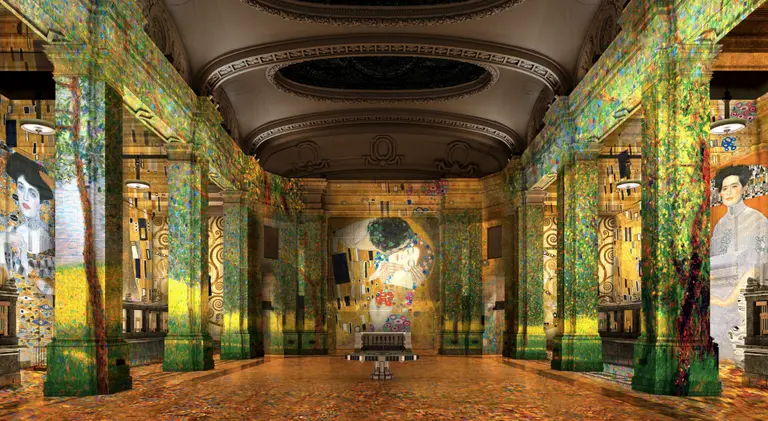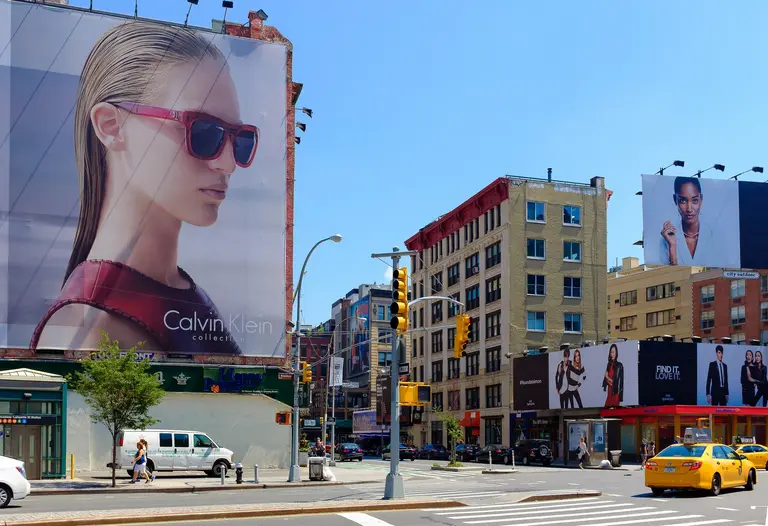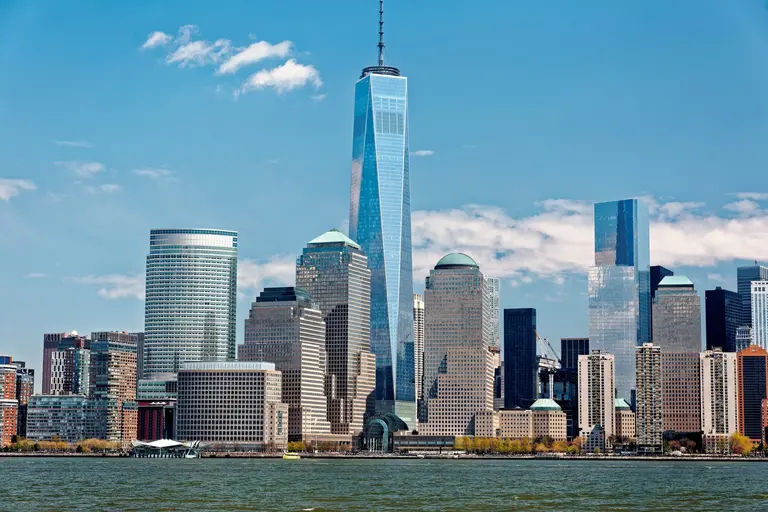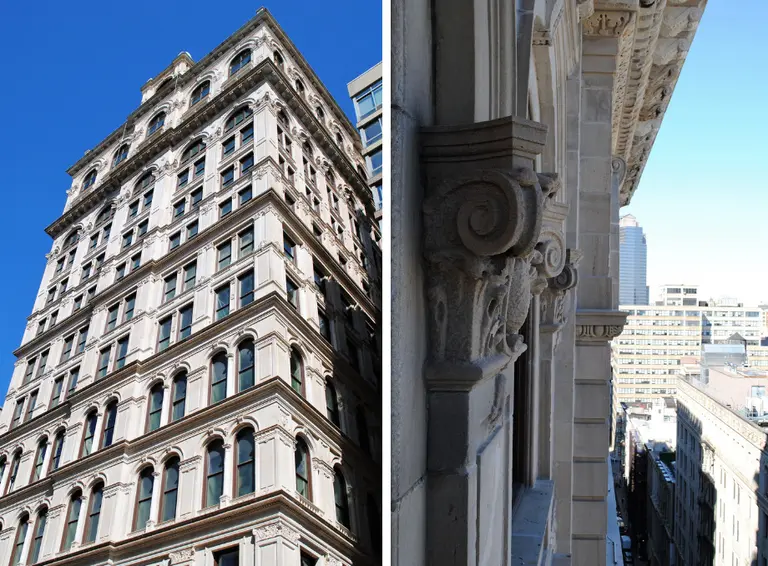Downtown’s historic glass sidewalks may become a lost relic
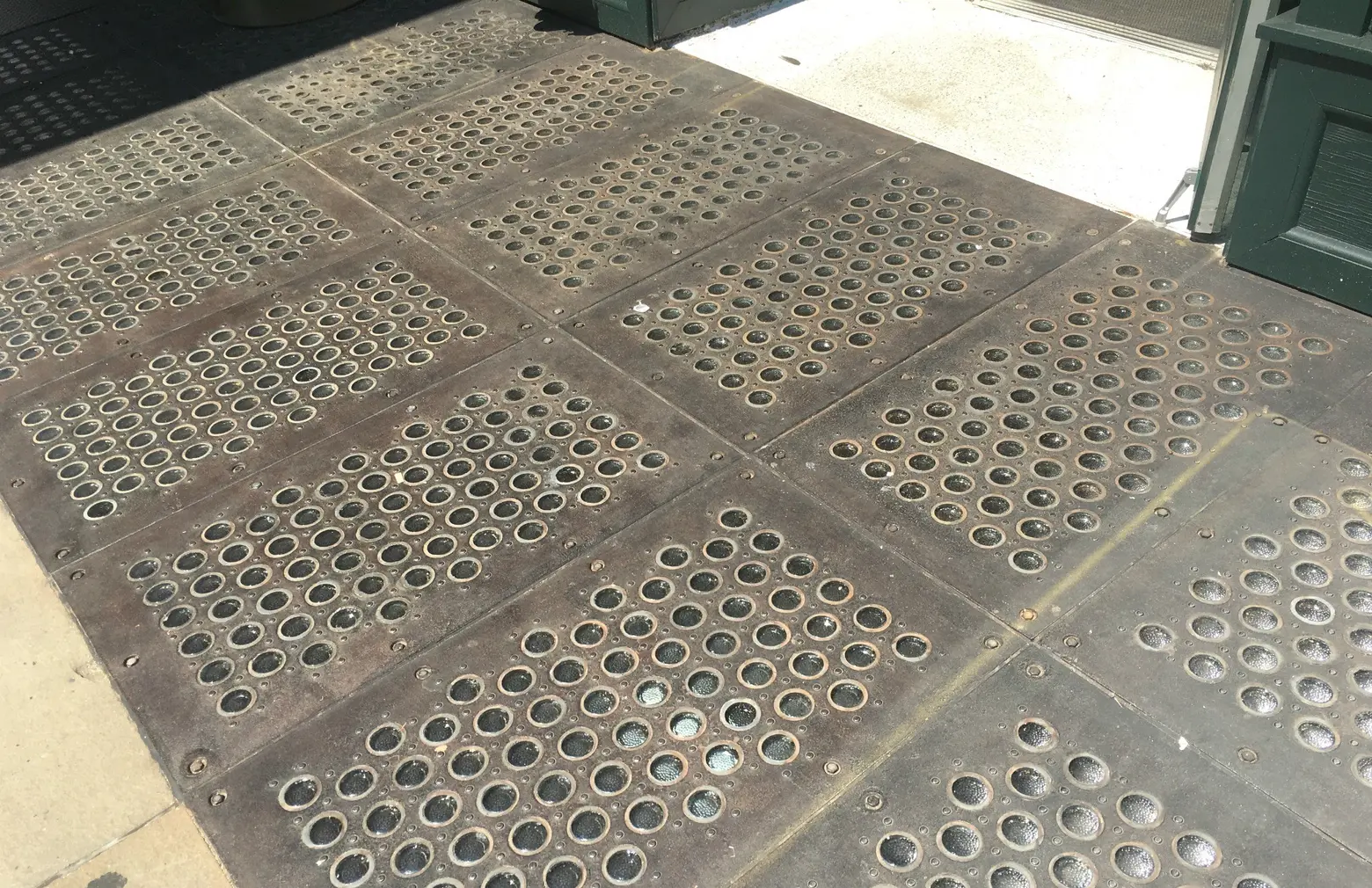
Vault lights in Soho, via WooJin Chung for 6sqft
Last week, 6sqft outlined the Landmarks Preservation Commission’s series of new proposed rules, which “calls for more oversight by LPC staff but less time for public review” in proposals for alterations to historic buildings. But these rule changes extend further than buildings–right down to the sidewalks. As Treehugger first pointed out, one of the LPC’s new rules pertains to the removal of vault lights–historic sidewalks made from small circular glass bulbs that are seen throughout Soho and Tribeca. As 6sqft previously explained, “the unique street coverings are remnants from the neighborhood’s industrial past when they provided light to the basement factories below before electricity was introduced.”
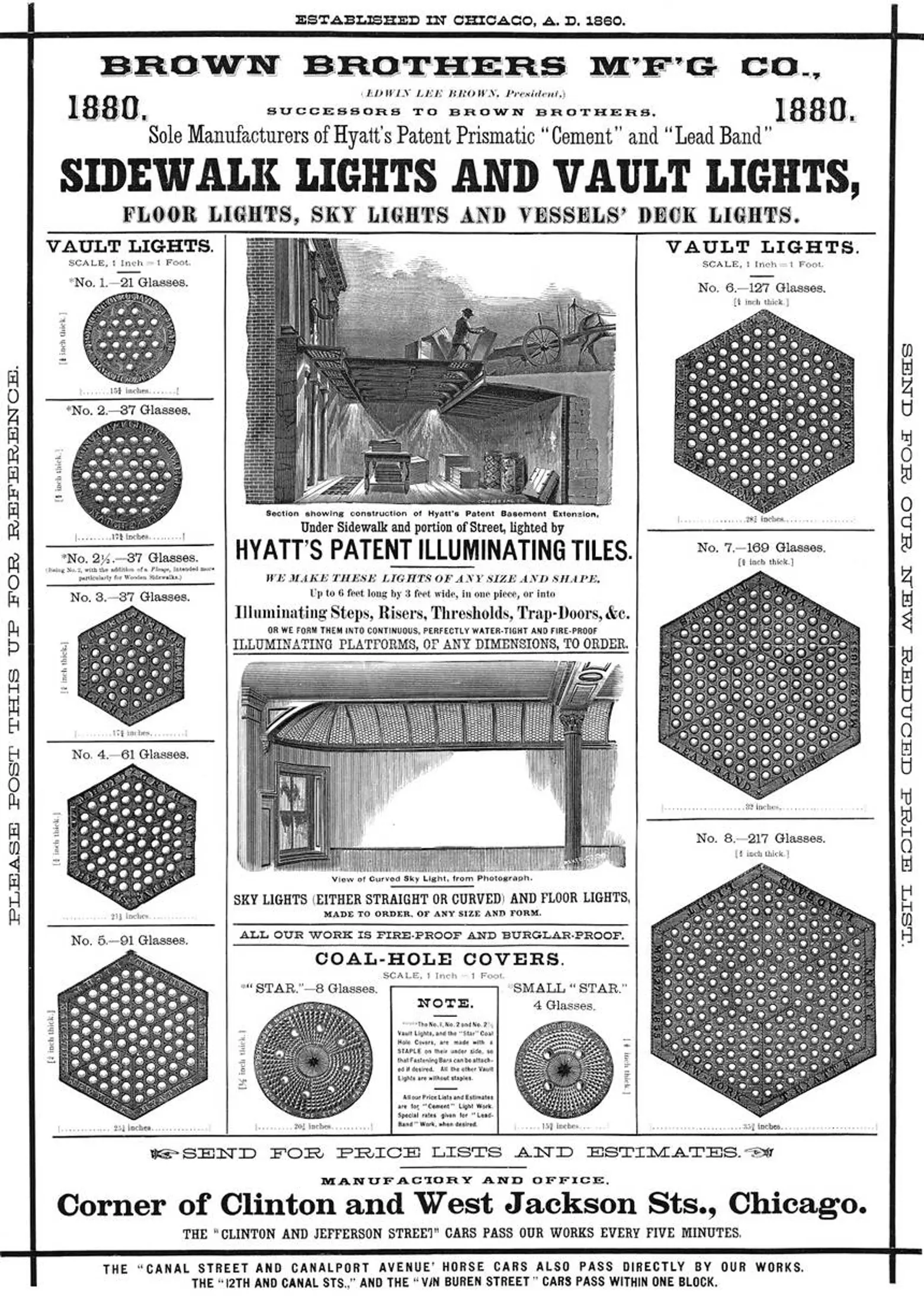
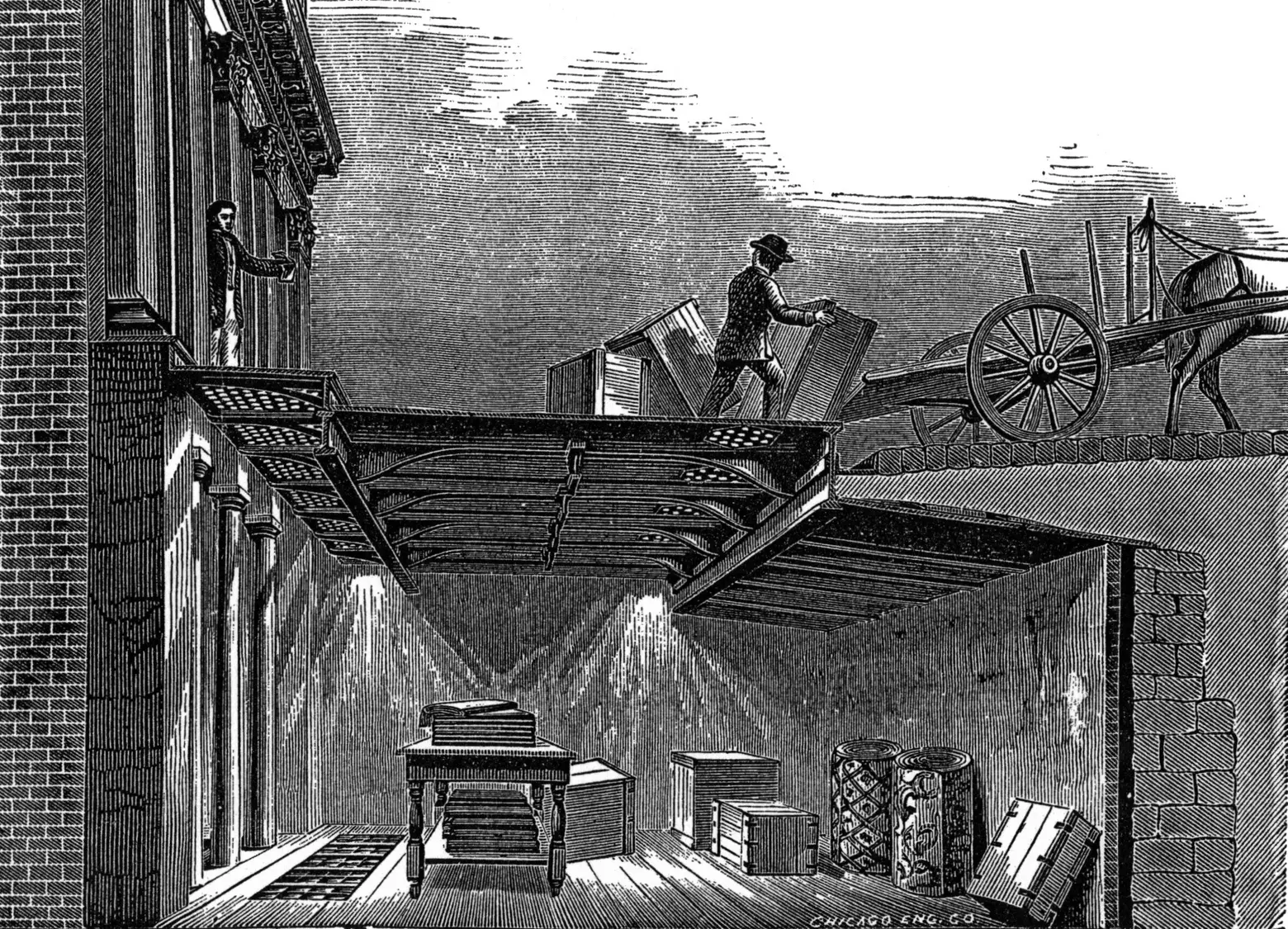 An 1880 broadsheet advertising “Hyatt’s Patent Illuminating Tiles.” Courtesy of Ian Macky/Glassian.
An 1880 broadsheet advertising “Hyatt’s Patent Illuminating Tiles.” Courtesy of Ian Macky/Glassian.
The Historic Districts Council is especially critical of the proposed change, noting that “vault lights are a defining feature of former manufacturing districts like SoHo and Tribeca, providing evidence that these districts were once industrial powerhouses, as opposed to the domain of wealthy property owners, shoppers and tourists that we see today.”
As we previously explained:
These skylight-like sidewalks first came about in the 1840s when these neighborhoods were transitioning from residential to commercial and when their signature cast-iron buildings first started to rise.
As part of the neighborhoods’ shift, a new type of building that combined office, manufacturing, and retail spaces became common. While businessmen sat in the offices above ground, immigrant workers populated the basement factories, or vaults, below. Since there was no electricity, the first way building owners sought to bring light down into these subterranean spaces was through sidewalk skylights.
But building owners quickly got frustrated with the skylights as they and their support frames often blocked loading docks and entrances. So, in 1845, abolitionist and inventor Thaddeus Hyatt patented a system of setting round glass pieces into cast iron sidewalks. These “Hyatt Patent Lights” were actually lenses, “since their underside had a prism attached to bend the light and focus it to a specific underground area.” Hyatt opened a Patent Light factory in London, going on to design versions for reinforced concrete floors.

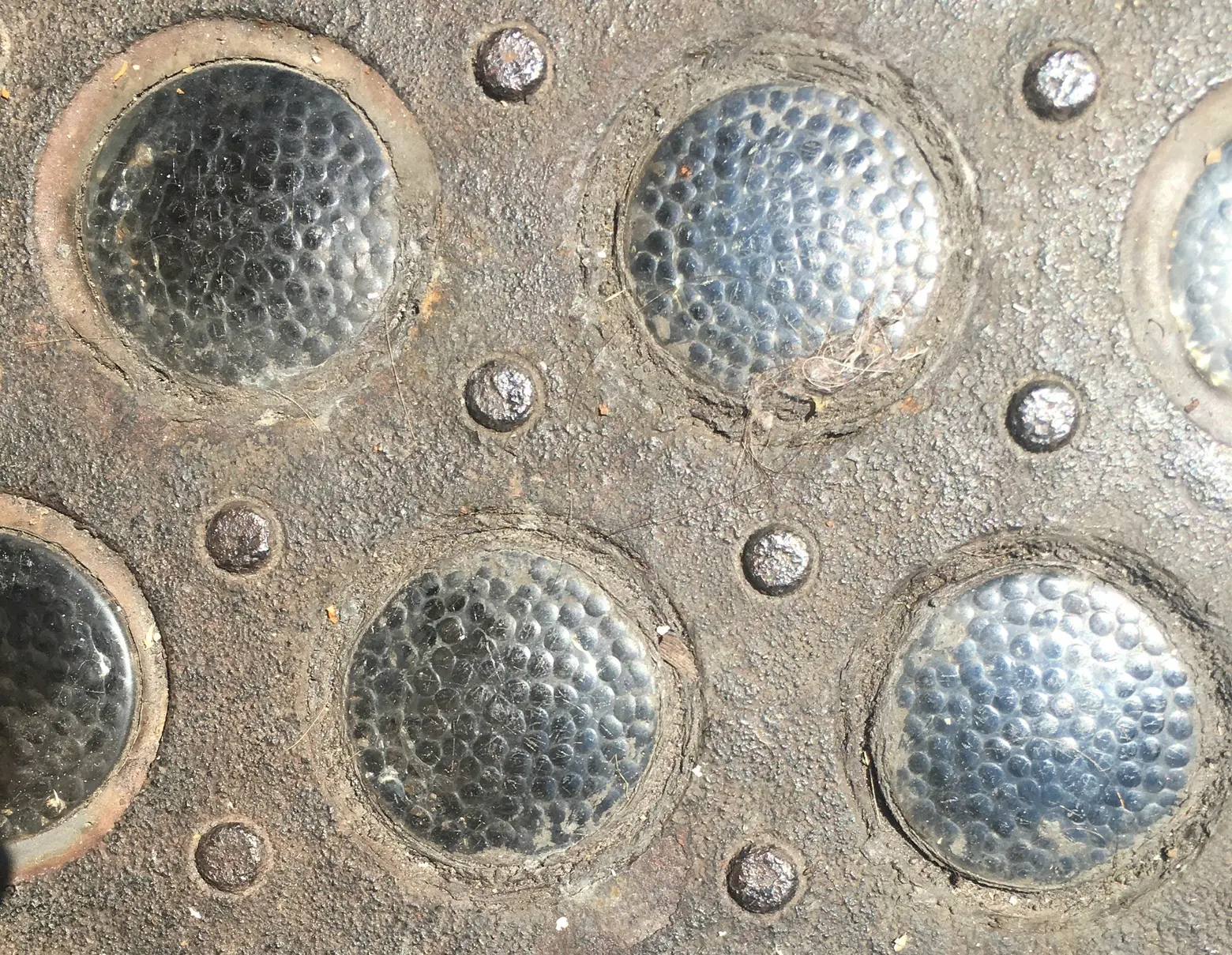
Once electricity came around, though, vault lights fell out of favor, becoming too expensive to maintain. Some of the metal frames corroded over the years and some building owners filled them in will concrete or stone. And the LPC’s rule change takes this one step further, permitting staff to “approve the removal of up to two panels of exposed vault lights that are deteriorated beyond repair if no other vault lights exist on the same side of the block,” according to HDC, replacing them with “diamond plate steel or concrete/granite to match the adjacent sidewalk.” And for covered vault lights that the LPC feels are “deteriorated beyond repair,” applicants will have the choice of whether to replace them with new versions or completely remove them. HDC feels this “would remove all incentive for applicants to replicate this historic detail” and that “given the cost differential between vault lights and diamond plate steel, the public would now have to rely only on the owner’s discretion to safeguard this feature.”
The LPC is holding a public hearing on the rules changes today. There was no decision at the time this article was published.
